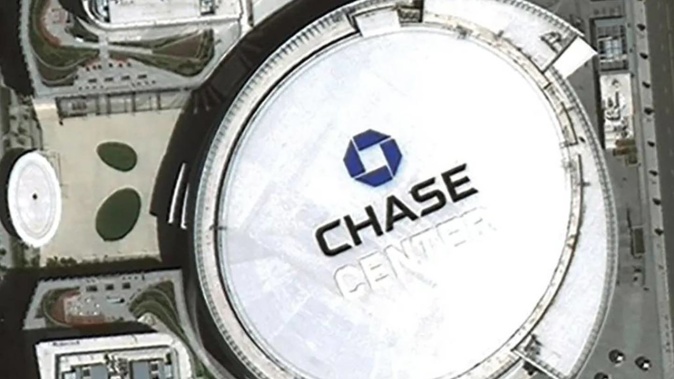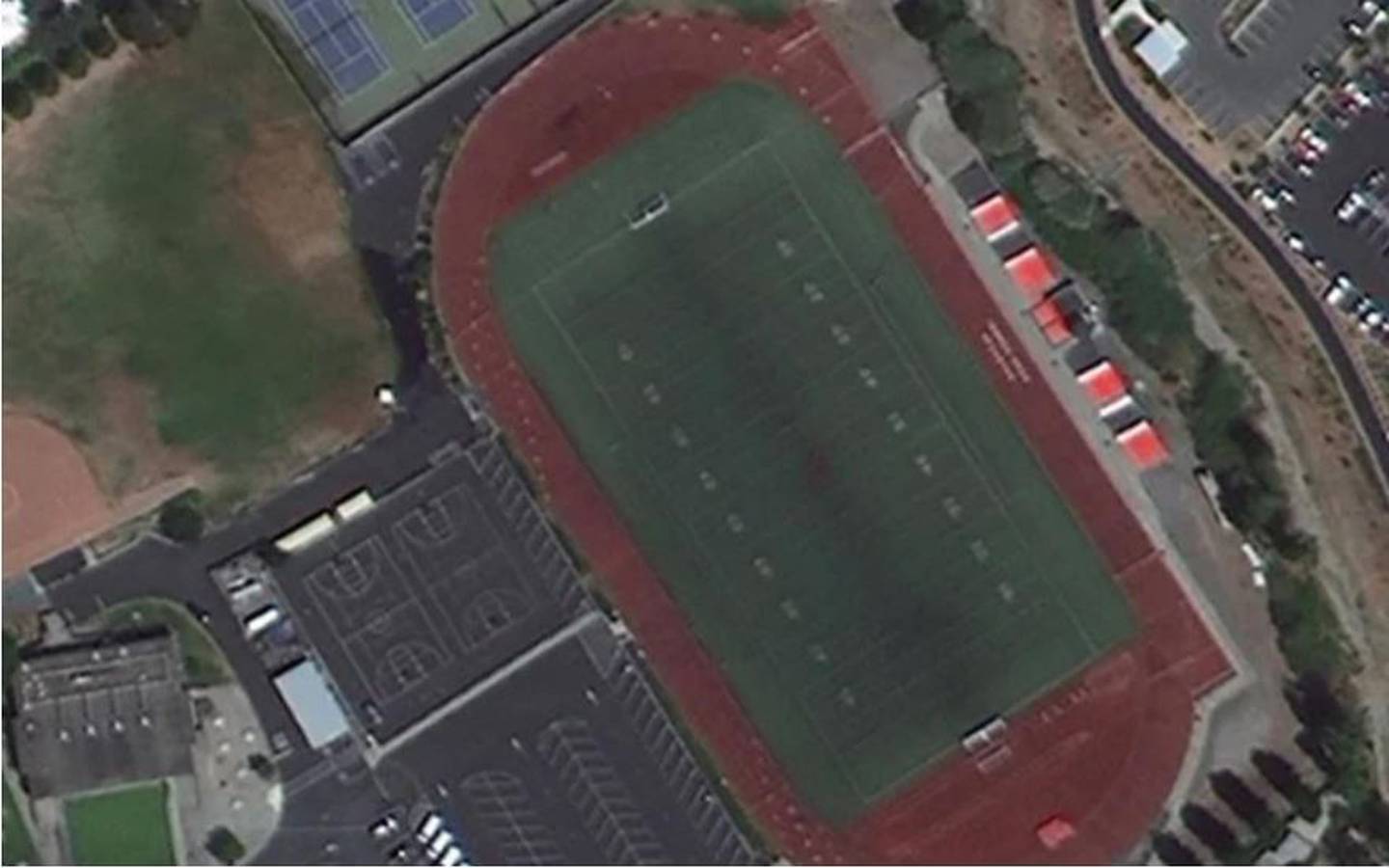
A new Chinese satellite equipped with artificial intelligence can grab high-resolution images of large areas up to three times quicker than current US-designed versions, say scientists involved in the project.
The Beijing-3 can take images of extensive areas sharp enough to identify a military vehicle and any weapon it is carrying, all while rotating at unprecedented speeds of up to 10 degrees per second, claimed a study published in the Chinese peer-reviewed journal Spacecraft Engineering.
The satellite's "nimbleness" has enabled it to carry out some tasks previously considered technically impossible, such as capturing the winding, 6300km Yangtze River between the Tibetan plateau and the East China Sea in just one trip from north to south over China, project lead scientist Yang Fang was quoted as saying in the South China Morning Post.
"China started relatively late on agile satellite technology but achieved a large number of breakthroughs in a short period of time," said Yang. "The level of our technology has reached a world-leading position."
He described Beijing-3 as two to three times faster than WorldView-4, the most advanced Earth observation satellite developed by the US Lockheed Martin with similar technology.
The study comes amid a backdrop of growing concern in the US that China is rapidly catching up in the space race.
Earlier this month General David Thompson, vice-chief of space operations for the US Space Force, which was established by the Trump administration, warned Beijing could take the lead by the end of the decade.

China launches Beijing-3 satellite. Photo / Yang Fang, Spacecraft Engineering journal
"It reflects the fact that Chinese space technology is catching up with the US," Jonathan McDowell, an astrophysicist at the Harvard Smithsonian Centre, told the Telegraph.
"This suggests that the US commercial satellite industry will face competition from the Chinese. We can assume that the Chinese military satellites are at least as good.
"Until now the Chinese have been investing a lot of money in space, but rather on the Soviet model. There has been a lot of quantity but not a lot of quality.
"If you thought that the US was sitting pretty as an unchallenged superpower, that was never going to last."
According to the study, the Chinese satellite was tested in June by performing "an in-depth scan" of a central area of San Francisco Bay.
It captured images totalling 3799sq km in 42 seconds, wrote the scientists, who work for DFH Satellite Company, which is part of the Chinese Academy of Space Technology.
The images are 49.7cm per pixel, which is "sharp enough to identify a military vehicle on the street and tell what type of weapon it might be carrying", they added.
Commercial satellite WorldView-4 produces images of about 30cm per pixel. Although other military-grade satellites can capture a similar level of detail to Beijing-3, according to experts, the main technological advance it brings is the area it can image at this resolution and the speed at which it appears to work.
"I think what makes this satellite so exciting is that it's using AI technology to pick where it's going to be and then using the nimbleness of its tracking so it can actually look at things that normal satellites wouldn't be able to see in a very quick time," said Quentin Parker, director of the Laboratory for Space Research at the University of Hong Kong.
The challenge for satellite imaging has been that the camera needs to be very still while the satellite rotates because vibrations may blur the images.
But in this experiment, the satellite's dramatic rotation changed the angle of its camera's line of sight to the ground, allowing it to capture a larger area than previously managed while achieving a clear image.
In the past few years China has poured billions into developing an ambitious space programme.
This year, it launched its own space station for the first time and landed a rover on Mars. Beijing wants to put astronauts on the Moon by 2036. It has also tested a number of different hypersonic aircraft, which are harder to detect and counter if they are carrying weapons.
- by The Daily Telegraph UK
Take your Radio, Podcasts and Music with you









